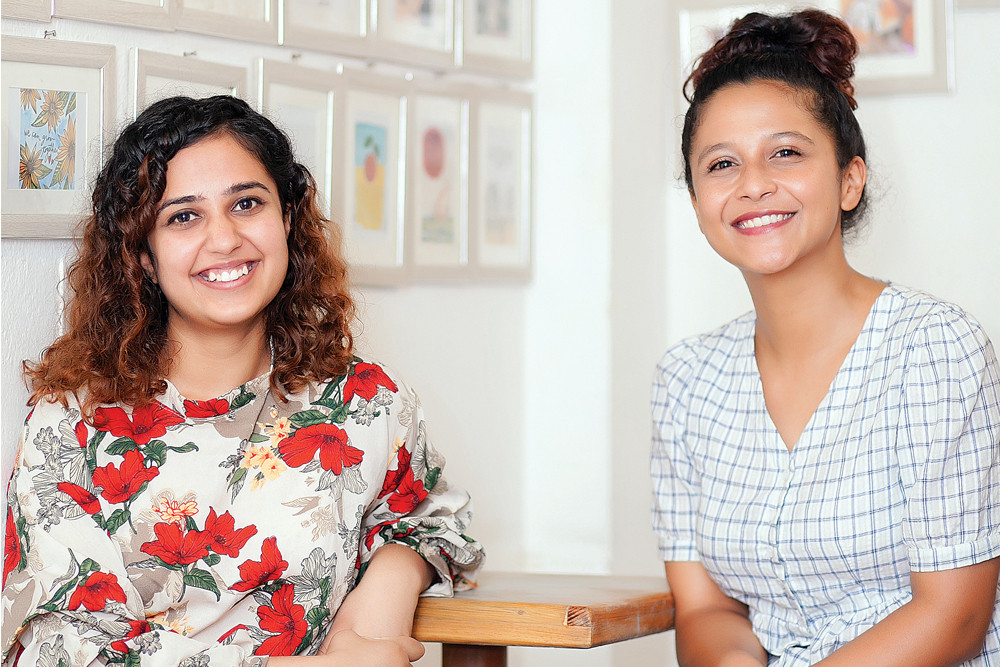
Following long-established traditions, this year as well Nepalis spent about one month between September and October observing three major festivals of the country - Dashain, Tihar and Chhath. In Nepali societies, these and other major religious and cultural festivals are crucial for enriching social cohesion among citizens through annual family gatherings, and get-togethers with relatives, childhood friends and other colleagues. Nepalis from different religions and cultures observe one or more of these fiestas based on their personal and family’s religious and cultural norms and values. While I find most of the practices associated with these celebrations logical and perfect, I still think some of them can be upgraded to make these celebrations even better. Given the current internet and mobile phone penetration rates in Nepal and available technological tools, I think we can change the ways we offer Dakshina while either offering or receiving tika and blessings to and from family members and relatives respectively, mainly during Dashain and Tihar festivals.
As per my knowledge, new banknotes are not the prerequisites for celebrating Dashain and Tihar festivals but Nepal Rastra Bank (NRB), has long been issuing fresh notes worth billions of rupees few days ahead of Dashain each year to meet people’s demands for their customary practices of using crisp notes during the festivals. Whilst undertaking involved festival rituals we hardly imagine their potential risks on currency notes (newly issued notes in our context) that we use for conducting pooja and also for offering as Dakshina to temples, priests, relatives and family members. However, considering the amount of different risky materials used for notes – colours, cooking oils, candles and oil lamps among others - and also the diverse physical activities involved during these two festivals, it is very likely that by the time we conclude Tihar, we convert new and crispy banknotes into soiled and mutilated ones. Available data from NRB shows about 10 percent of the notes injected into the market during these festivals are damaged and become unfit for circulation later. As a result, the bank has to destroy such notes and print and supply additional cash into the market afterwards. Just to give you the magnitude of annual damage caused to the notes, in fiscal year 2012/13 alone, the bank had destroyed impaired notes worth 26.96 billion rupees. As a result, the bank is forced to print and supply replacement and additional cash to meet the market demands. This year, the bank is planning to inject about Rs 40 billion worth of notes.
There are multiple ways in which we can prevent this damage to banknotes and thus to the national economy. Of many such options, I find following two approaches suitable for Nepal
Jaya Jung Mahat, an alumnus of the Lee Kuan Yew School of Public Policy at the National University of Singapore, is a Kathmandu-based public policy researcher. He writes extensively on issues that connect economics, politics and innovation. He can be reached at [email protected]
Digital Dakshina
According to Nepal Telecommunication Authority’s September MIS report, internet and mobile penetration rates in Nepal now stand at 61.99 percent and 136.69 percent respectively. Similarly, country’s major banks and financial institutions – including those often termed as old-fashioned banks when it comes to upgrading their services for meeting changing customer demands - offer mobile and internet banking through which people can keep track of their major banking activities including transferring funds to another accounts, checking account balance and also requesting statements, and finally paying utility bills. In addition, the existing online payment gateways like e-Sewa and iPay in the domestic market have also been easing lives of people through providing their customers with diverse e-payment options at latter’s palms. In this background, I think we should now reconsider the ways we offer Dakshina to people during Dashain and Tihar. Except for some rural parts of Nepal where these services are not available either because of absence of mobile phone and internet or due to local people’s poor understanding of these services, Nepalis in other parts of the country can start offering digital Dakshina starting from the next nearest festive season. There lie multiple benefits of offering digital Dakshina. Most important of them is NRB wasting less money for printing extra notes and investing that resource on something more productive sector. Besides, digital Dakshina would help people to have quick and secure fund transfer to and from their accounts while enjoying all benefits offered by service providers on their diverse products and services.In-Kind Dakshina
Some of my colleagues have been using mobile phone top-up cards as Dakshina offerings since 2013. When asked the reasons behind them using these cards as Dakshina, they think that traditional ways of using cash, as Dakshina, should become obsolete now considering the amount of damage on Dakshina notes themselves and also on country’s economy from such customary practices. They further stated that since mobile phones have become ubiquitous these days, offering phone recharge-cards as Dakshina during festivals would ensure thorough use of their Dakshina money. While I really liked the way my colleagues changed their Dakshina offering techniques for some good reasons, I accept the fact that not everyone here would be impressed with and practice this sort of in-kind Dakshina. However, if we can diversify the goods and services in the in-kind Dakshina basket, I am sure we can get more people supporting this practice in the future. In-kind Dakshina, if practiced well, would surely help our central bank to divert the amount of money the bank spends each year only to replace damaged notes in the market to other productive sectors. Additionally, more items in the in-kind Dakshina basket would result in more business transactions, which is desirable for encouraging local entrepreneurs to produce quality goods and services, and also maintaining a healthy economy.Jaya Jung Mahat, an alumnus of the Lee Kuan Yew School of Public Policy at the National University of Singapore, is a Kathmandu-based public policy researcher. He writes extensively on issues that connect economics, politics and innovation. He can be reached at [email protected]
Published Date: November 23, 2017, 12:00 am
Post Comment
E-Magazine
RELATED Innovation


.jpg)


.jpg)